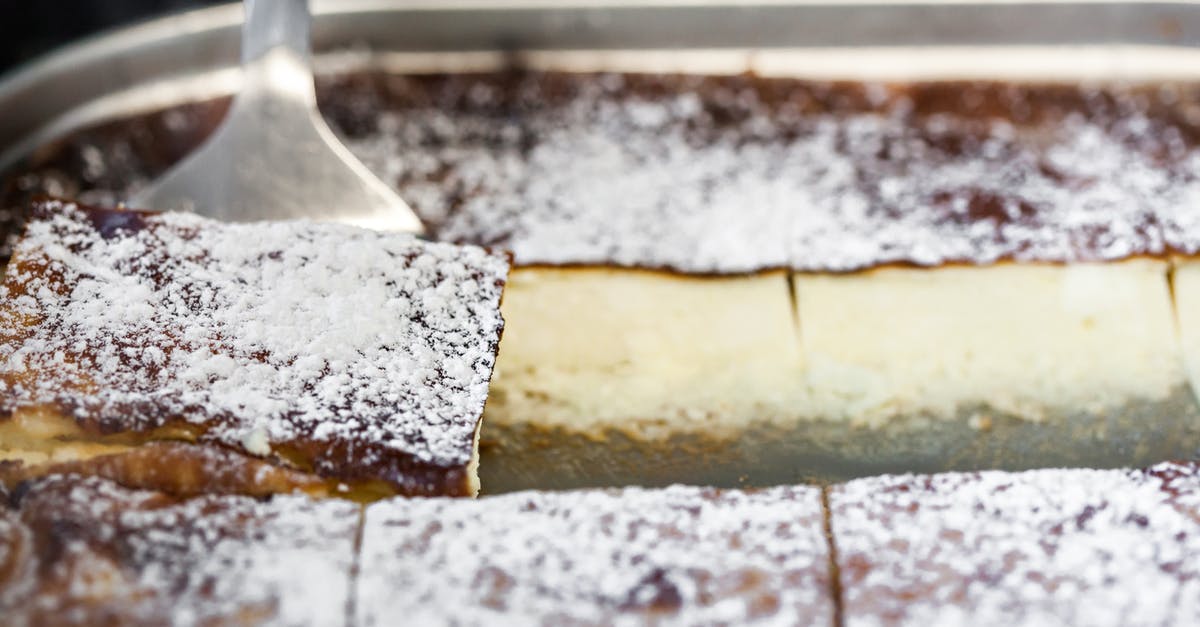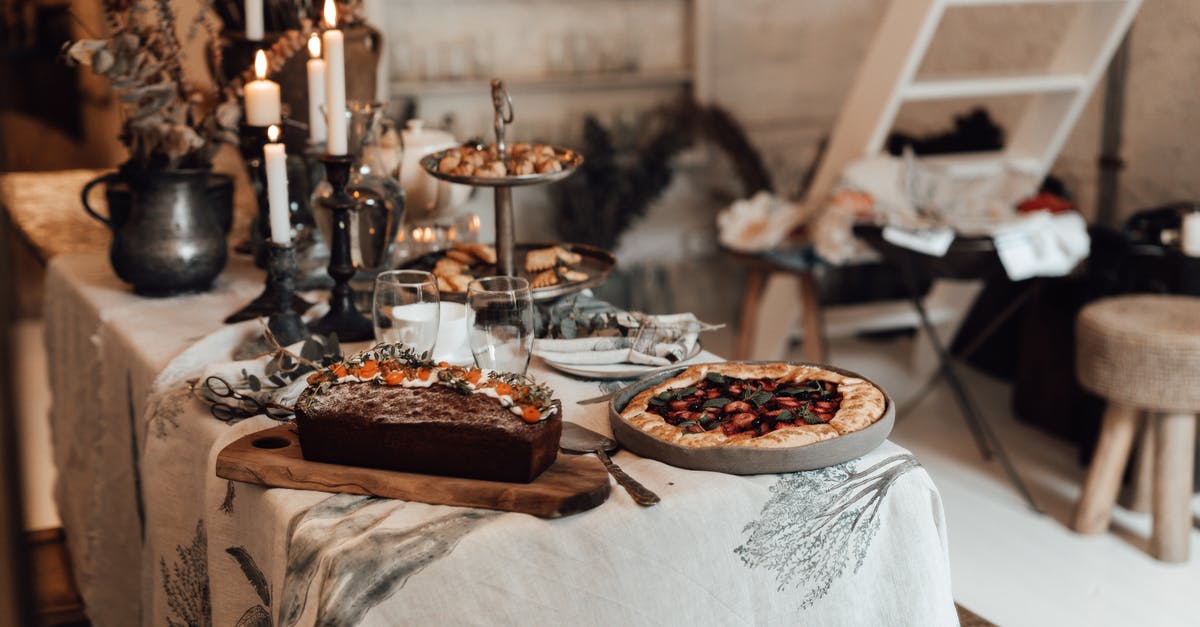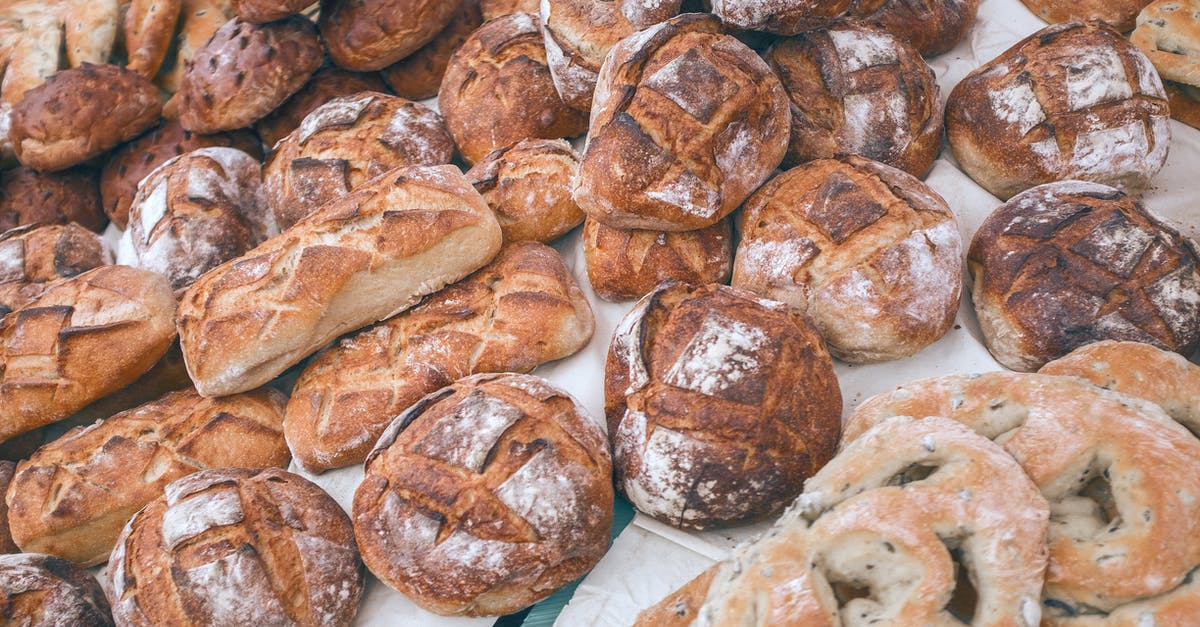Pie crust too soft to put in pan

My pie pastry is too soft that I can't pick it up to put in pan after rolling it. The softness/pliable is like the butter/shortening too warm needs to be refrigerated. I tried refrigerating it overnight (this delayed the completion of my pie) but next day it was still too soft and I am still unable to put into pan. I ended up pressing it into the pan, making it less flaky but at that point was reaching I give up point.
Should I add more flour but isn't sticky? Or more cold water but won't that make it more soft and overly pliable?
I want to try again to make pie crust but want to figure out what I can do to fix it. Note: This pie crust comes from Joy of Cooking and uses shortening and butter.
Update:
I followed the recipe so here is the recipe. It's from Joy of cooking. I've never tried this recipe. I made pie with all butter crust and it worked well so thought I'd tried the more traditional one with shortening and it was very soft.
2.5 c all purpose flour
1/2 tsp salt
1 tsp sugar
3/4 c cold lard (155g) or vegetable shortening (145g)
3tbsp or 45g butter
Used food processor to blend the added
6 tbsp ice water mixed with 1 tbsp vinegar.
I put in fridge for 30min then tried to roll out but was too soft. Put it overnight, hoping would be better but still top soft.
One thing is that with all ingredients, I used cups except butter since 3 tbsp is hard for me to figure out amount and so I weighed that bit.
As I type this out, I notice the lard and vegetable shortening weights are different. I just used 3/4 cup vegetable shortening. Could that be the reason?
Best Answer
That's an unusual problem, rollable pie crust recipes will in my experience always get hard enough in the fridge and actually too hard/brittle after a full night there.
Troubleshooting should go in the following order:
Make sure you are using a recipe that was designed to be rolled. Pressing is a legitimate way of making a pie crust, and maybe you had a recipe intended for it.
Make sure is that you are working from a good quality recipe. You mention yours comes from a reputable book, so we could assume that it's good, but keep in mind that sometimes older sources have more elaborate/difficult recipes than newer ones.
Make sure that you are following the recipe exactly. Possible sources of error include
- absentmindedly mismeasuring something, forgetting an ingredient or adding it twice
- measuring by volume instead by weight (if your recipe is only given in volume, try to still measure accurately, but in the end you can't really be precise that way),
- making a substitution in ingredients (maybe you substituted the fat, e.g. used some kind of plant-based spread when the recipe asked for butter?),
- not following the steps to the letter,
- using the ingredients at incorrect temperatures (although the fridge should have fixed this in your case),
- if the recipe requires you to add something by feel (common with the water in German pie crust recipes) maybe your feel is off.
If the recipe still behaves weirdly, you can try workarounds. In your case, I see two possibilities. One, maybe you are rolling out using modern techniques (silicone or fibreglass mat, or on an oiled surface) while the recipe might assume that you will be rolling on a thick layer of flour, hardening your crust. If this is the case, roll on flour. Two, you can roll using the plastic wrap technique, then transfer to the pie dish while still on the wrap, then peel the wrap off.
If all else fails, just look for another recipe until you find one that functions.
Update: What you posted is an absolutely standard recipe with the most widely used ratio for American crusts. Typically, a recipe with this ratio will be not too soft, but too hard after a night in the fridge, being too brittle to place in the pie dish. This means that you can exclude points 1, 2 and 4 from my answer.
It is highly likely that it was a fluke that happened once, maybe because you made a mistake without noticing. I would give the recipe another try and see how it turns out, and measuring everything by weight. If it keeps turning out too soft in that case, you must be doing something very unexpected, or maybe using not classic shortening but some kind of modern product intended to stay soft at fridge temperatures.
Pictures about "Pie crust too soft to put in pan"



How do you fix soft pie crust?
This is a relatively easy fix. Just sprinkle some cold water over the dough with your fingers and work it in\u2014gently! \u2014until the dough comes together. If your dough gets too warm, send it back into the fridge to chill out.What do I do if my pie crust is too wet?
Your Dough Is Too Wet If you add a bit too much water, it's easily fixed by a little more flour. But if you add way too much liquid, you need to start the dough again, because adding a lot more flour will throw off that fat-to-flour ratio that you want to make a nice crust.How do I make my pie crust firmer?
Cold butter is a key to pie dough success. It should be straight-out-of-the-fridge-cold. Cut it into \xbd" pieces then put it back in the fridge in a single layer while you get the rest of your ingredients together.Why does my pie crust get soft?
Using Less Water in the DoughThe moister your dough is, the more likely the pie is to get soggy when baked with a fruit filling. Follow your recipe, but never add all the water at once. Work the water into the dough a teaspoon or two at a time, just until the dough softens and comes together.Pie Crust Troubleshooting | How to Prevent and Fix an Underbaked / Soggy Pie crust
Sources: Stack Exchange - This article follows the attribution requirements of Stack Exchange and is licensed under CC BY-SA 3.0.
Images: Teona Swift, Julia Filirovska, furkanfdemir, Maria Orlova
